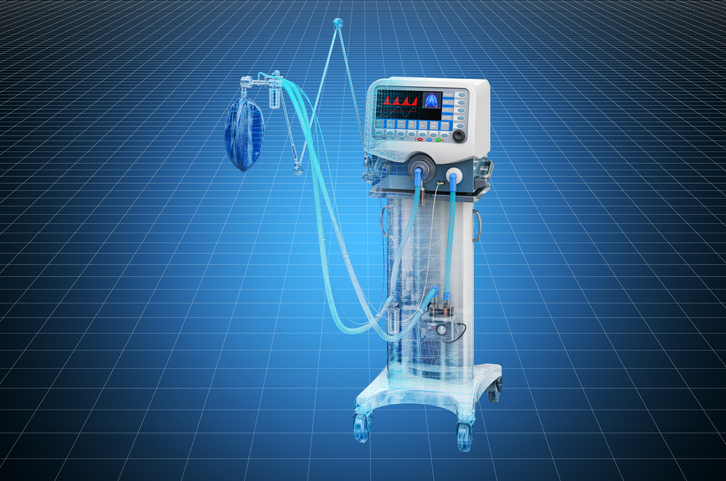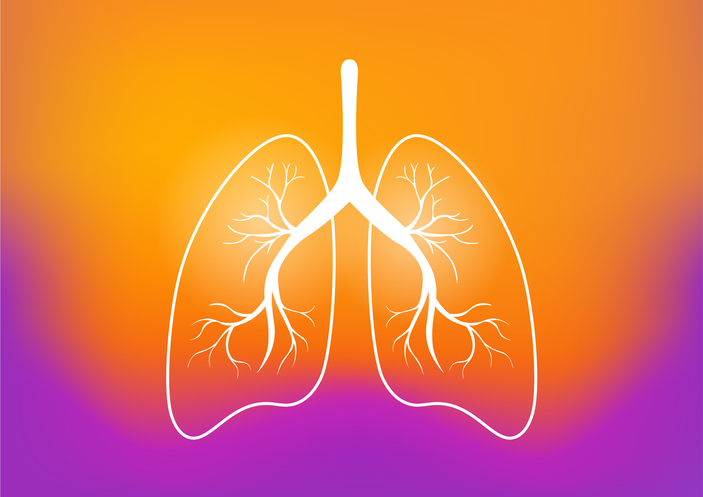What You Need to Know About Ventilators

My first experience with ventilators was when my mom was placed on one about 27 years ago. She remained on it for about 5 months and died soon after it was removed. And for some reason, my usual curiosity about devices like this was not peaked - until now.
COVID-19 has brought renewed focus to this device. Yes, they do save some lives and there may just not be enough to go around when there is a pandemic.
There are simultaneously heartbreaking and heartwarming stories of people giving up their ventilators so that other patients can use them:
In one story, a 90-year-old woman with COVID-19 gave up her ventilator.
“I don’t want to use artificial respiration. Save it for younger patients. I already had a good life,” she said, according to one report.
And in this story, a 65-year-old woman with underlying conditions reportedly made changes to her living will. She said should she become infected with COVID-19, she would probably need a ventilator but does not want to be treated with one and is willing to die.

"I don't want to take some college student's ventilator, I don't want to take some young mother with four children's ventilator, I don't want to take a 70-year-old person's ventilator who maybe has a disabled child that they're still caring for. Age doesn't always have to be a factor with this," she said.
And many healthcare professionals all around the world are faced with the agonizing decision of having to determine which COVID-19 patient should get a ventilator. There are simply not enough to go around.
According to recent data, U.S. acute care hospitals own 160,000 ventilators. The Strategic National Stockpile allegedly has between 12,000 to 13,000 ventilators on deck.
There are more than 800,000 coronavirus cases in the United States.
Not every person who gets COVID-19 will need a ventilator, but many will. And we also have to keep in mind that it’s not just COVID-19 patients who need ventilators to survive. For example, drug overdoses, brain injuries or stroke, upper spinal cord injuries and other lung diseases such as chronic obstructive pulmonary disease (COPD) may affect lung function and require that the patient uses a ventilator.
So exactly what is a ventilator?
A ventilator is a machine that helps a person breathe or completely breathes for them (it depends on the condition the patient is in). Some people may also refer to a ventilator as a respirator or breathing machine.
Ventilators help people breathe by getting oxygen-rich air into the lungs, a process called “oxygenation,” according to one Medical Xpress report.
(To put your need for oxygen in perspective, you can live for weeks without food, days without water but only a few minutes without oxygen).
These machines also help remove carbon dioxide (a waste gas) from the body. This process is called “ventilation.”
In less severe cases of respiratory distress, a patient may just need a face mask that delivers the oxygen-rich air.
And then there is a big difference between manual and mechanical ventilators.
For example, “One basic type of ventilator is the Bag Valve Mask (BVM). The BVM, also known as the Ambu Bag, is operated manually by a person squeezing a self-inflating bladder. This is an essential tool for ambulance crews, first responders and critical care units. It is light, compact and easy to use,” according to the Medical Xpress report mentioned earlier.
“However, in situations where a steady and controlled air exchange (oxygen in, carbon dioxide out) is needed, mechanical ventilators are required. These look like a quintessential medical product.”
The need for mechanical ventilators, which can cost up to $50,000 per machine, is especially dire. The U.S. stockpile of ventilators that I mentioned earlier does not all consist of mechanical ventilators.
Some companies such as Dyson, which creates vacuum cleaners and other appliances, are working to create mechanical ventilators. But these ventilators made by companies that don’t usually do this have to meet very specific authoritative health specifications before they can be used.
“Modern mechanical ventilators are highly complex and sophisticated pieces of equipment. Their increased complexity in comparison with the Ambu Bag allows a superior level of care,” reports Medical Xpress.
A patient may require that a tube that is attached to the ventilator be inserted into the mouth or nose (down the windpipe). Creating a hole in the neck through surgery may even be necessary.
And with this comes a risk of infection. There is even such a thing as ventilator associated pneumonia (VAP).
“The main risk of mechanical ventilation is an infection, as the artificial airway (breathing tube) may allow germs to enter the lung. This risk of infection increases the longer mechanical ventilation is needed and is highest around two weeks. Another risk is lung damage caused by either over inflation or repetitive opening and collapsing of the small air sacs Ialveoli) of the lungs,” according to the Cleveland Clinic.
There are also other potential downsides to having to depend on mechanical ventilation for several days.
One study found evidence which showed that “Critically ill patients who have been mechanically ventilated for more than seven days are at greatly increased risk for functional impairment and mortality at one year following discharge from the intensive care unit (ICU),” according to this report discussing the study.
So I think what we should gather from all of this is that we want to do everything in our power to be as healthy as possible in order to decrease our chances of needing a mechanical ventilator should we contract COVID-19.
After older age (which, obviously, how old we are is not within our control), obesity is believed by many healthcare professionals to be the biggest risk factor for developing complications due to COVID-19.
Read here to learn about 6 “doctors” that you have access to right now that will help you fight obesity and maintain your overall health.
It is also imperative to avoid smoking and drink alcohol in moderation (if at all).
Enjoy your healthy life!
The pH professional health care team includes recognized experts from a variety of health care and related disciplines, including physicians, attorneys, nutritionists, nurses and certified fitness instructors. This team also includes the members of the pH Medical Advisory Board, which constantly monitors all pH programs, products and services. To learn more about the pH Medical Advisory Board, click here.







